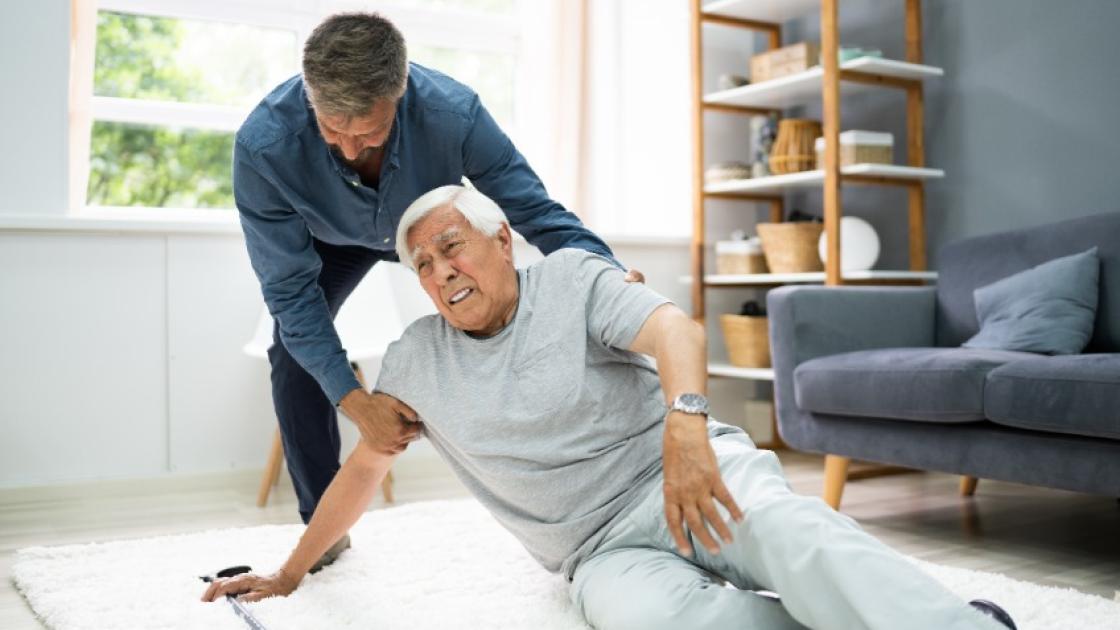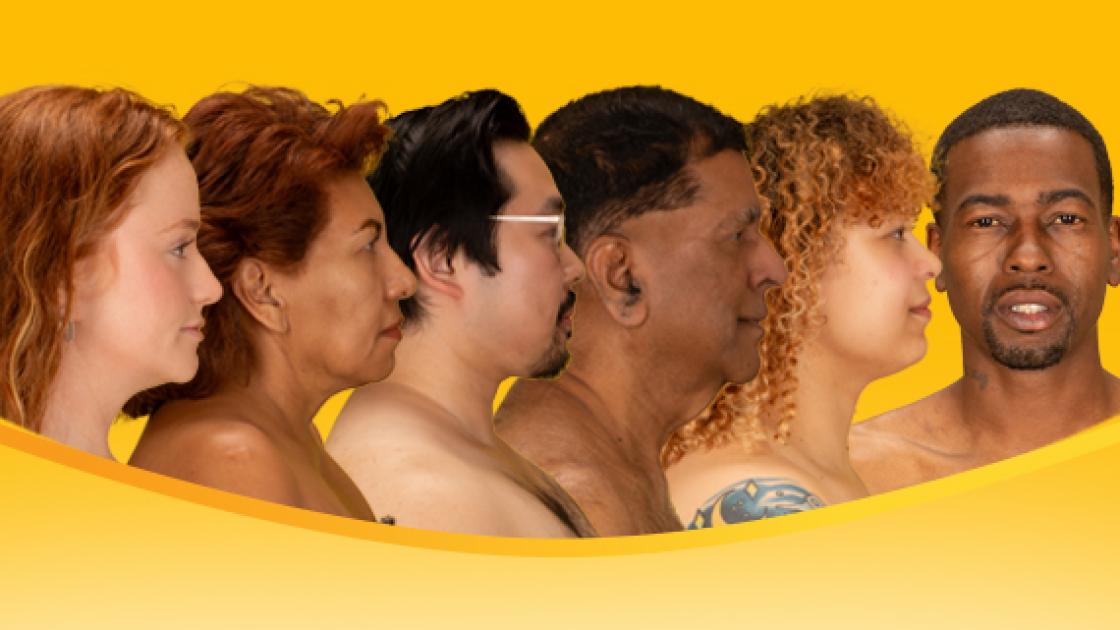
What you can do to avoid falls
Slips, trips and falls are a leading cause of accidental injury, death and morbidity in older adults. According to the Centers for Disease Control and Prevention (CDC), 1 out of 4 American seniors (age 65+) fall every year, and every 20 minutes an older adult dies from a fall or from fall-related complications. These events come at a hefty price for individuals, families and the community at large—in 2015 alone, total medical costs associated with falls among older adults topped $50 billion.
Now for the good news: falls are preventable! If you're an older adult or know someone who is, here are five ways you can help prevent falls.
1. Know your risk
Falling, even just once, significantly increases your risk of falling again in the future. Other factors that may increase your risk of falling as an older adult include:
- Muscle weakness and poor balance
- Foot pain and/or poor footwear
- Having low levels of vitamin D
- The use of medicines, including prescription and over-the-counter medication
- Poor vision
- Environmental hazards (clutter, icy sidewalks, etc.)
The CDC has some excellent resources on fall prevention that older adults can review with their loved ones and health care providers. Click here to check out the STEADI (Stopping Elderly Accidents, Deaths & Injuries) Initiative!
2. Stay active
Making physical activity a part of your daily routine has many benefits, not the least of which is helping you avoid falls. Aerobic exercise and resistance training are both vital for preserving muscle strength, improving endurance and balance, managing chronic health conditions and helping you enjoy greater independence well into your senior years.
Staying physically active also helps you avoid a common "vicious cycle" that affects many older adults. By moving less and becoming more sedentary, a person becomes weaker and more likely to fall. Then, if they DO fall, they'll likely move around even less because of issues like pain or fear of falling again—which can cause even more weakness, unsteadiness and risk of future falls.
A good goal is to complete at least 30 minutes of moderately intense aerobic exercise on most days of the week and two sessions of strength training per week. Activities like gardening, golf, cycling, brisk walking, swimming and lifting weights at the gym are all great ways to stay active. The key is to find something you enjoy so that you'll stick with it. Be sure to chat with your doctor or physical therapist before starting a new exercise routine, and make sure you're eating enough protein to help you preserve muscle strength.
3. Review your medications with your doctor
Many medications can cause side effects such as dizziness, lightheadedness, numbness and tingling in the feet, all of which may increase your risk of unsteadiness and falls. If you haven't recently, schedule a visit with your doctor to review your entire list of medications. He or she can help you make sure you're taking the right type and dosage and can answer any questions you have about drug interactions or side effects.
4. Get your vision checked
Most of us rely on our vision a lot to maintain our balance and safely navigate our environment. Unfortunately, it's common for vision to decrease as we age, usually due to age-related vision disorders including glaucoma, macular degeneration and cataracts.
If you're over 60, plan on getting your vision checked in a comprehensive eye exam at least every 1 to 2 years. Your eye doctor can screen for, diagnose and manage vision disorders, update your prescriptions and offer other solutions to help you safely compensate for low vision.
5. Make your environment safer
There are many potential hazards in your home that can increase your risk of slips, trips and falls. We recommend doing a thorough inventory of your home (and wherever else you spend the most time) and looking for things you can improve on. Here are some ideas:
- Remove throw rugs and clutter.
- If you have pets, make sure their toys are organized and always be aware of where they are as you move around your home.
- Make sure all light fixtures are working properly and are fitted with bright light bulbs
- Install adaptive equipment, such as grab bars, shower chairs, toilet risers, and anti-slip mats in the bathroom.
- Keep frequently used items in lower cabinets for easier access.
- Install sturdy railings on all staircases.
- Wear comfortable, well-fitting shoes inside as well as outside your home.
- Use a walker or cane
If you need help making your home safer, ask for support from loved ones or consult a physical therapist or occupational therapist, who are experts in functional mobility and safety within the home.
Are you worried about falling?
At SIU Medicine, our providers strive to help every senior stay as healthy, active and safe as possible by offering personalized health care and practical wellness solutions. Find a doctor today.




